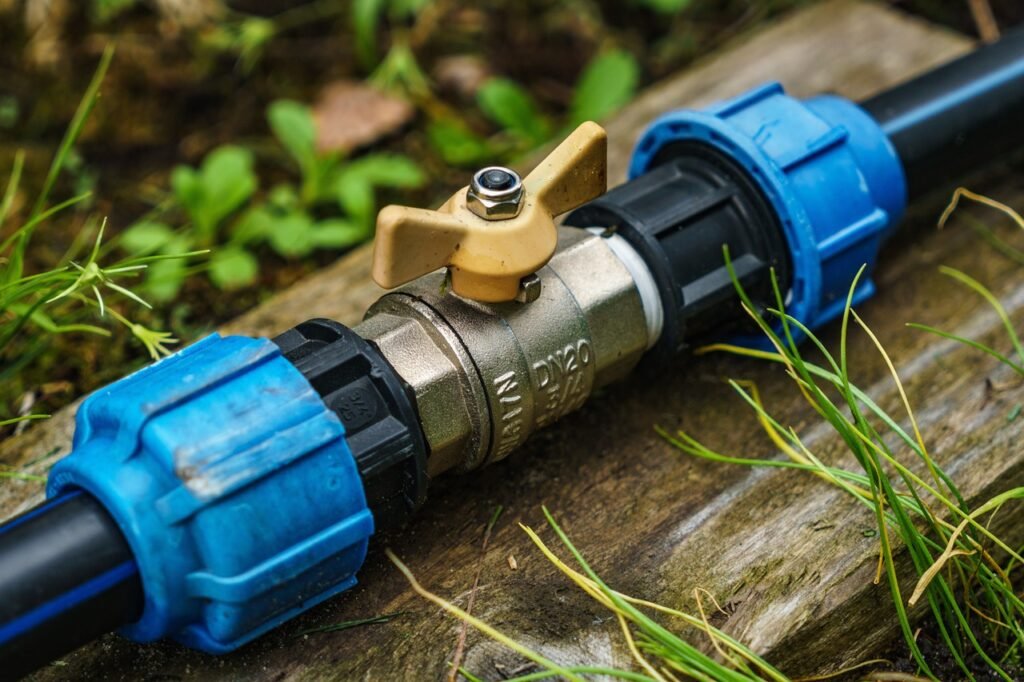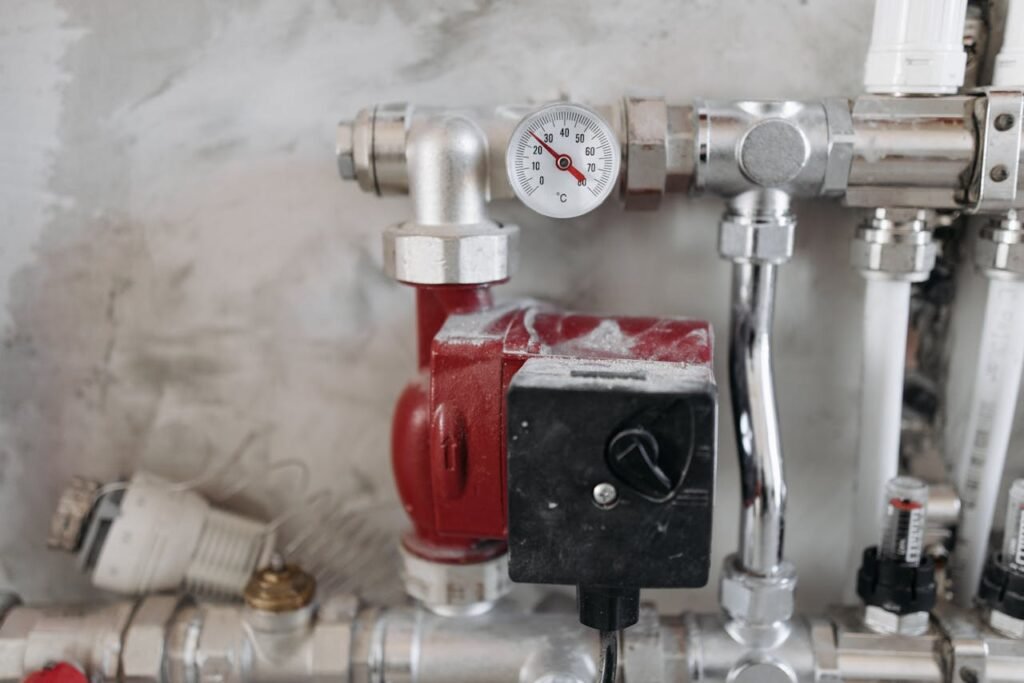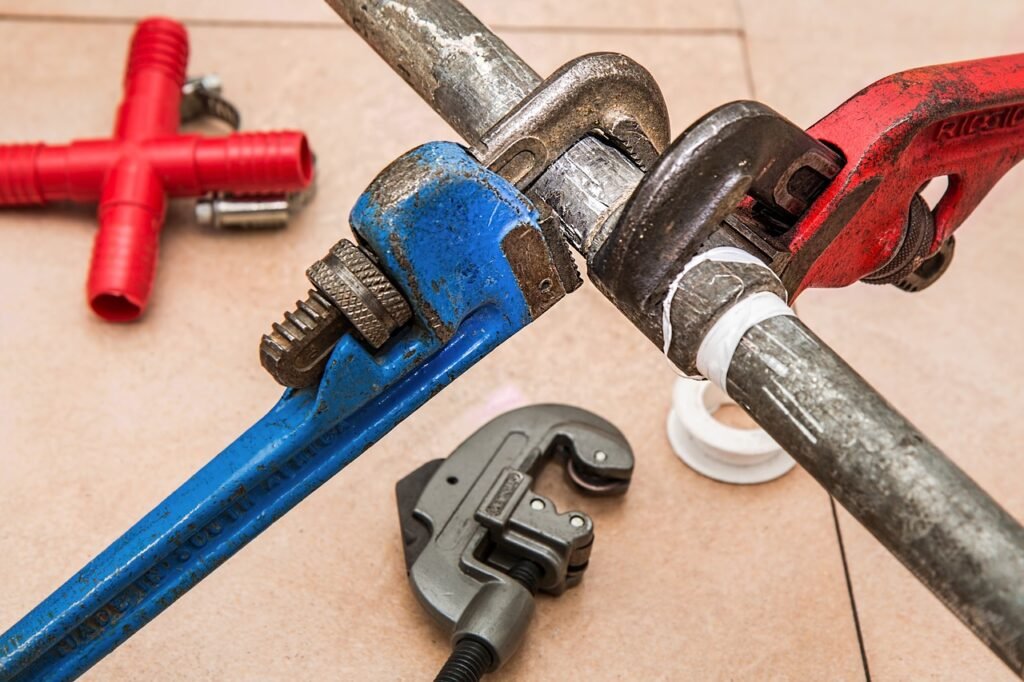
Plumbing emergencies can strike at any time, causing panic and potentially significant damage to your home. Whether it’s a burst pipe, overflowing toilet, or a sudden leak, knowing how to respond quickly can save you from costly repairs and extensive water damage. Follow this step-by-step guide to handle plumbing emergencies effectively.
Step 1: Shut Off the Water
The first and most crucial step in any plumbing emergency is to stop the water flow.
- For localized issues (like a overflowing toilet), shut off the water supply valve nearest to the problem.
- For major emergencies, turn off the main water supply to your house. It’s usually located near the water meter, in the basement, or outside your home.
Tip: Familiarize yourself with the location of these valves before an emergency occurs.
Step 2: Turn Off the Water Heater
If you’ve shut off the main water supply, it’s important to also turn off your water heater. This prevents damage to the unit if it runs dry.
- For electric water heaters, switch off the circuit breaker.
- For gas water heaters, turn the gas valve to the “pilot” position.
Step 3: Drain the Pipes
Open all cold water faucets in your home to drain the pipes and relieve pressure in the system. This can help minimize leakage from the problem area.
Step 4: Assess and Contain the Damage
- Identify the source of the problem if possible.
- Use buckets, towels, or mops to contain water and prevent further damage.
- If safe to do so, move valuable items and electronics away from the affected area.
Step 5: Document the Damage
If you plan to file an insurance claim, take photos or videos of the damage before cleaning up or making repairs. This documentation can be crucial for your claim.
Step 6: Start the Cleanup
- Use a wet vacuum or mop to remove standing water.
- Open windows and use fans to circulate air and speed up drying.
- If carpets or walls are affected, consider calling a professional water damage restoration service.
Step 7: Call a Professional Plumber
While some minor issues can be DIY-fixed, most plumbing emergencies require professional attention. A licensed plumber can:
- Accurately diagnose the problem
- Provide proper repairs
- Ensure the issue doesn’t recur
- Check for any additional damage you might have missed
Step 8: Prevent Future Emergencies
After resolving the immediate crisis, consider taking steps to prevent future emergencies:
- Schedule regular plumbing maintenance
- Install water detection devices
- Insulate pipes in cold areas of your home
- Know the signs of potential plumbing issues and address them early
Be Prepared
Plumbing emergencies are stressful, but being prepared can make a significant difference. Keep the following on hand:
- Contact information for a reliable 24/7 plumber
- Basic tools like a pipe wrench and plunger
- Waterproof tape for temporary leak fixes
- Plenty of towels or a wet-dry vacuum
Remember, your safety is paramount. If you’re unsure about handling any aspect of a plumbing emergency, don’t hesitate to call a professional immediately. Quick action and proper response can minimize damage and save you from costly repairs in the long run.
For expert plumbing services and emergency response, contact Grakellis today. Visit grakellis.com or call our 24/7 emergency line. We’re here to help you navigate plumbing emergencies and keep your home safe and dry.


